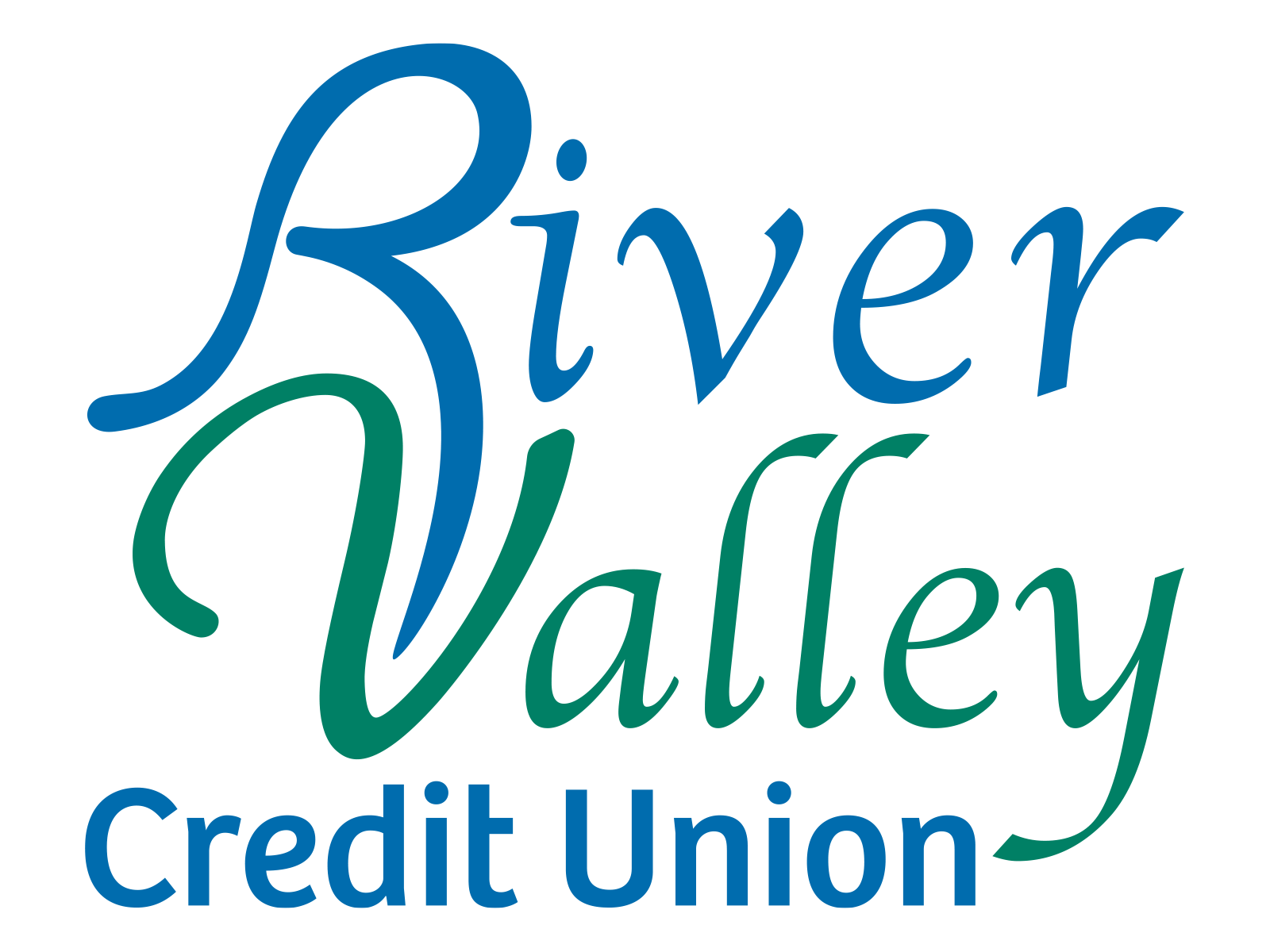Student Loan Process: When, How, Where

Student loans have started to become the backbone of the modern education system. Now that college has become more expensive, it’s difficult for students without substantial parental support (or large college savings accounts) to afford an education without drawing on student loans. Federal student loan programs operate with broad rules and regulations, which can make the student loan process difficult. These programs don’t always fit every student, which leaves people searching for other options.
Here’s a look into the world of student loans to familiarize students with the student loan process.
Student Loan Process Basics
There are two types of student loans: federal and private. Federal student loans are administered by the government. They can have more forgiving student loan interest terms and they usually don’t require a credit check. So, with federal loans, your credit history shouldn’t matter as much. This makes it easier to get federal student loans without needing a cosigner.
Private student loans are managed by private lenders such as banks, credit unions, or institutions and require you to pay back your loan. Private student loans can be more versatile than federal student loans, depending on your situation. They require a credit check, which can work to your advantage if you have a strong credit score.
When Should I Apply For Student Loans?
In order to apply for federal student loans, you must fill out your FAFSA during a specific time. The federal deadline for completing your FAFSA usually comes very late in the school year. For example, the deadline for the 2022-2023 school year is 11:59 pm on June 30, 2023. However, the federal deadline shouldn’t be your only focus.
Schools have FAFSA deadlines as well, varying from campus to campus. Make a note to contact your school’s financial aid office if you’re unsure when you need to have your FAFSA completed. However, as a general rule, you should plan on applying for federal student loans before the beginning of the semester.
Can You Apply for a Student Loan During the Year?
Yes, you can apply for a student loan during the year. Additionally, if you have filled out your FAFSA before the deadline, you can apply for federal student loans at any point during the school year. If the deadline for completing your FAFSA has passed, and you still need student loans, federal loans may no longer be an option for you. Fortunately, you can generally take out private student loans at any point in time. Private lenders are not restricted by the FASFA deadline or semester dates, so you can apply as you need.
How Much Can You Get in Student Loans?
Even if you’ve filled out your FAFSA on time, you may still be unable to get federal student loans if you have reached your federal student loan limit. Student loan limits represent the maximum amount that a student can receive in subsidized and unsubsidized loans, both per semester and over the course of a lifetime.
If you are receiving financial support from your family, then your student loan limits are:
- $5,500 per year for a first-year undergraduate
- $6,500 per year for a second-year undergraduate
- $7,500 per year for third-year and beyond undergraduate
- $31,000 in total
If you are not receiving financial support from your family, then your student loan limits are:
- $9,500 per year for a first-year undergraduate
- $10,500 per year for a second-year undergraduate
- $12,500 per year for third-year and beyond undergraduate
- $20,500 per year for graduate or professional students
- $57,500 in total for undergraduate students
- $138,500 for graduate or professional student (includes loans received during undergraduate career)
If you’ve reached your student loan limit for the semester and you need to get more student loans, then you will be unable to take out any more federal loans, no matter how great your need is.
What to Do When You Reach Your Student Loan Limits
Private student loans generally do not have the limits indicated above, and you may be able to apply for a loan from a private lender.
If a lender is concerned about your ability to pay off the student loans that you’re applying for, see if you can find someone to co-sign. Some lenders allow co-signers to be released on private student loans after a certain period of time and upon certain requirements being met.
How to Get Student Loans Mid Semester
As long as you have not surpassed your borrowing limit (either for the semester or your maximum student loan limit) and you have completed your FAFSA on time, you can take out federal student loans mid-semester. However, if your FAFSA was not completed by the deadline or you’ve reached your student loan limit, then you can still apply for private student loans during the year.
In general, private student loans are a good option if you need more flexibility when you apply for student loans. Private lenders are indifferent when it comes to federal deadlines and limitations, making it easier to apply for them mid-semester. Make your dreams attainable, apply now for a private student loan.
Content provided by LendKey.
Please note that the information provided on this website is provided on a general basis and may not apply to your own specific individual needs, goals, financial position, experience, etc. LendKey does not guarantee that the information provided on any third-party website that LendKey offers a hyperlink to is up-to-date and accurate at the time you access it, and LendKey does not guarantee that information provided on such external websites (and this website) is best-suited for your particular circumstances. Therefore, you may want to consult with an expert (financial adviser, school financial aid office, etc.) before making financial decisions that may be discussed on this website.
